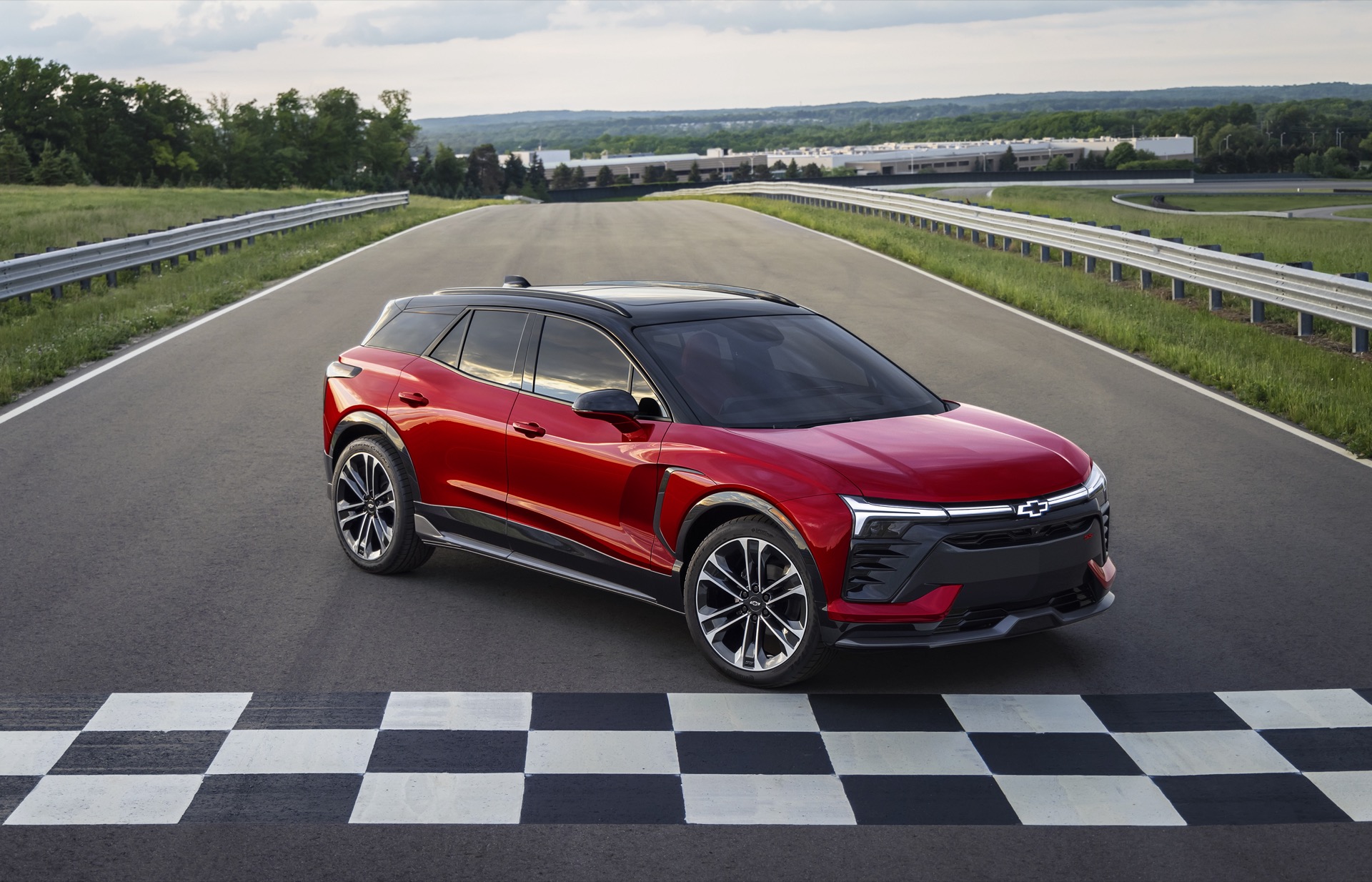cwerdna
Well-Known Member
I haven't read this entire thread but installing 120 volt outlets in a public unsecured setting will likely mean low utilization. Many folks don't carry around their L1 or L1/L2 EVSE with them. I don't. I don't want mine stolen when charging publicly. It costs hundreds of $ to replace vs. getting a few $ of free juice.He has a fair point though. If you want skeptical property owners to be receptive of installing more L1 options, to stop using terms they don't understand (and don't want to understand) is a good first step. If you tell them it's just a 120V socket (or if installing a J1772 that it's the same power), they immediately understand what it means. If you say L1 they will likely gloss over.
The only times I've used my L1 EVSE away from home was when I had Leaf and I was charging in secured parking at my work that had a few NEMA 5-20 plugs and limited L2 EVSEs + one other case. So, I just kept the L2s open for other workers. Charging all day at 1.44 kW was MORE than enough to replenish my roundtrip commute. The other case was there was some free public L2 charging near home that was pretty busy. It also had usually working NEMA 5-15 or 5-20 outlets, so I'd plug into those while waiting for L2 to free up.
The only times I ever carried the L1 EVSEs in my car that came w/my '22 Niro EV and my former Bolt (below) were driving the car home from the dealer and in the case of Bolt, when I drove it to another dealer to surrender it for buyback by GM 3 years later. I rarely carried it in my Leaf and it went to nil once we moved to other buildings with WAY more L2 J1772 plugs, unsecured parking and no designated ok to charge your EV on 120 volt plugs.
Not sure what the means, there's no such thing as "level 3" charging anyway, which can be a whole other argument (e.g. There is no such thing as a Level 3 EV charger (Weber... + many other times and places).If I had known the Bolt was not able to level 3 charge, I had forgotten it. That's a significant limitation. It is seriously lame to provide level 1 charging capability, but not level 2.
Bolts can be DC fast charged via CCS1 but the DC FCing was optional on US Bolts until model year '22. Stranded in Texas, With only 15 miles found out the hard way he couldn't DC FC. I've seen numerous other stories of people not knowing and finding out after they bought.
Bolts that can be DC fast charged have an inlet on the left of How to find out if a used Bolt has DC fast charger? w/the orange flap. I owned a '19 Bolt Premier w/DC FC inlet (optional) for 3 years and bought it new in Jan 2019.
Max DC FC rate on Bolt is unfortunately only 55 kW.
Last edited:



